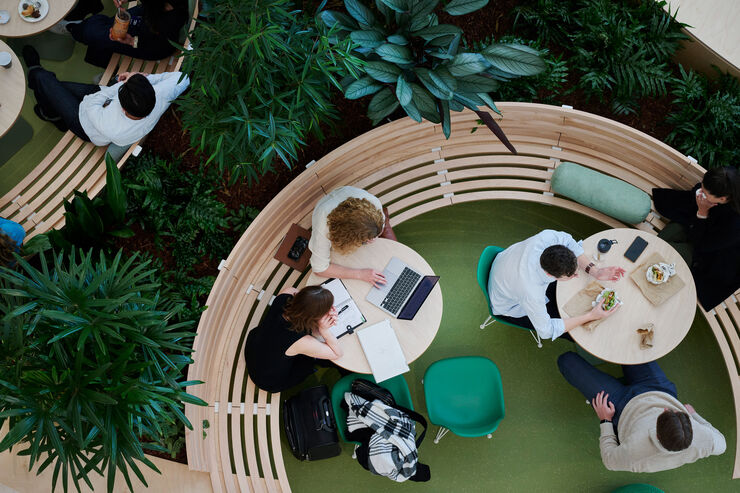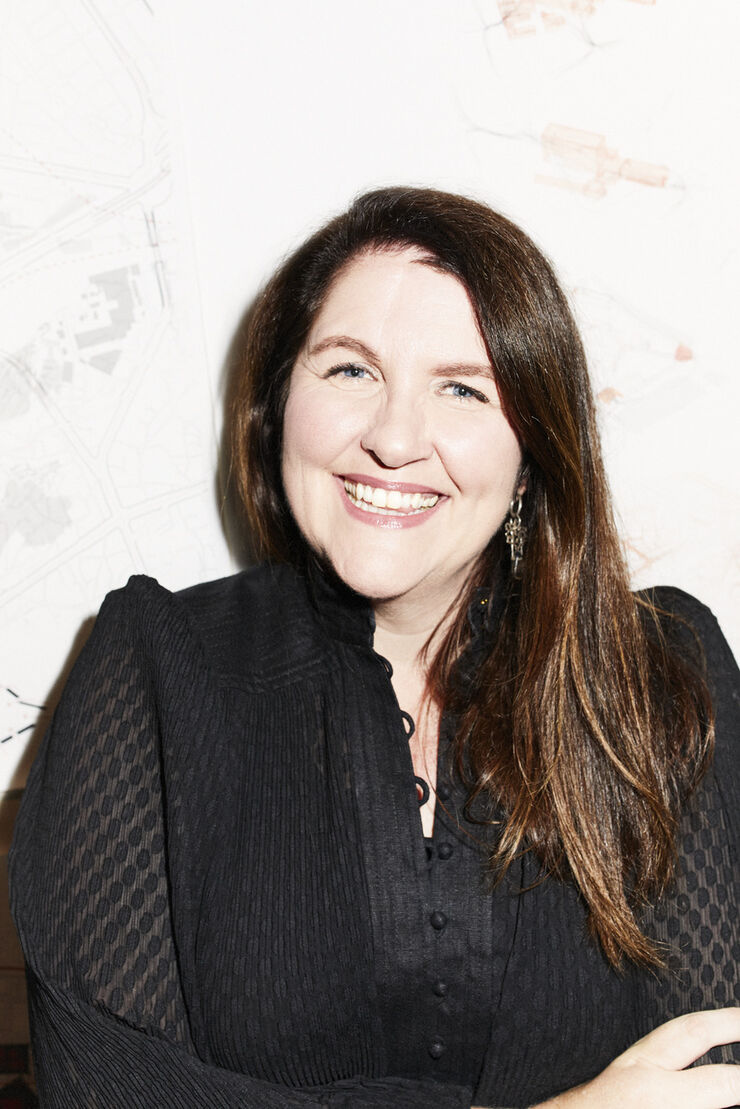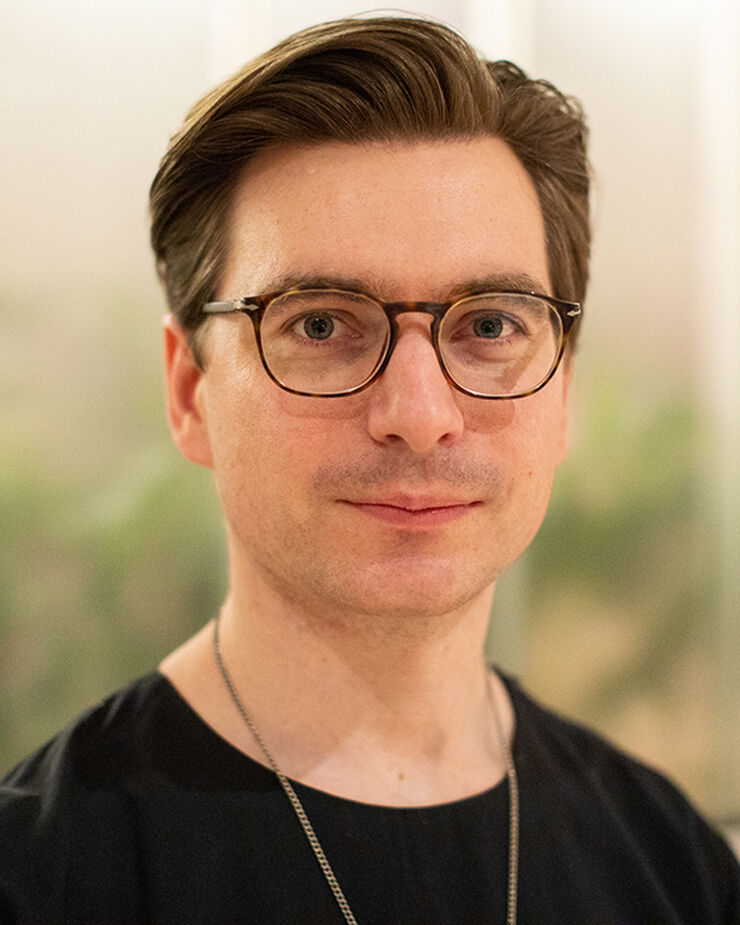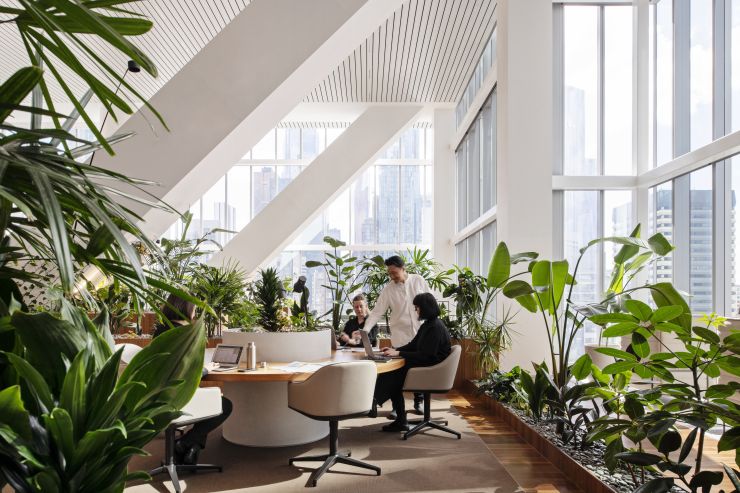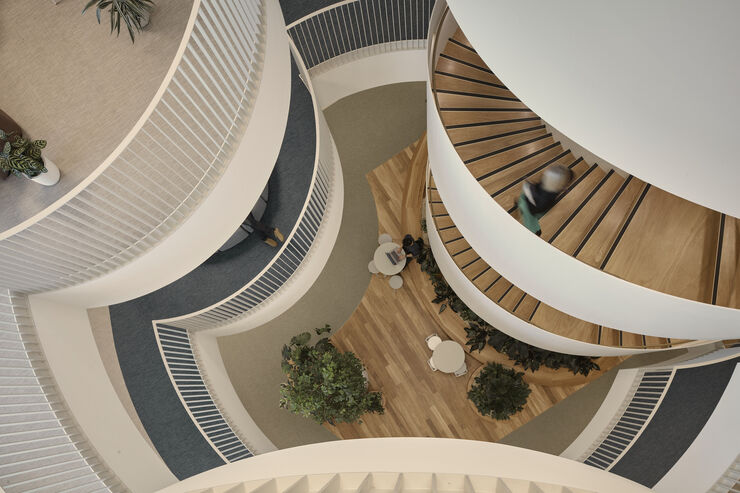Fewer desks, more togetherness: introducing our latest studio design
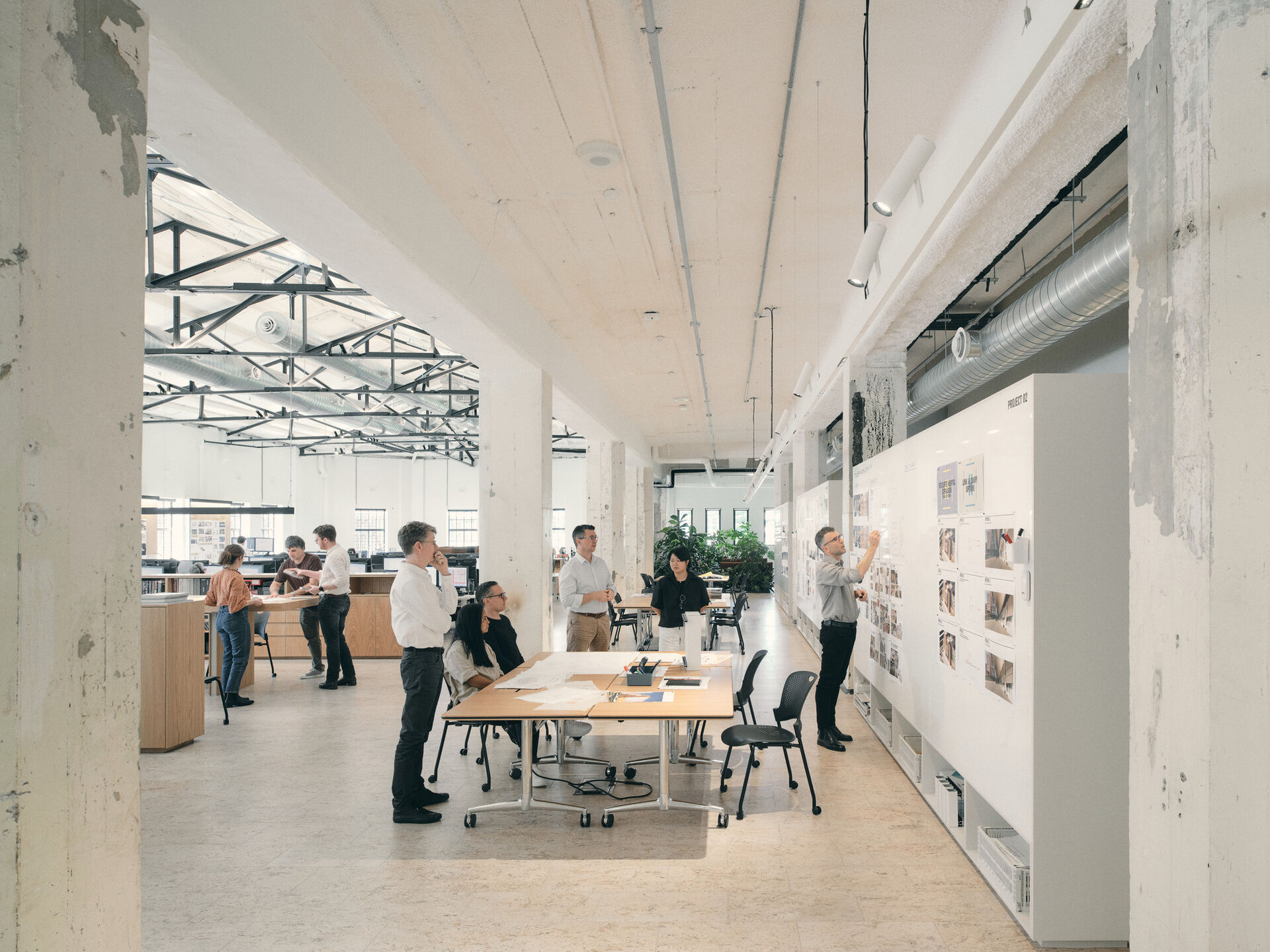
The design of our Brisbane studio at Kurilpa, Australia, allows us to be more collaborative and agile than ever before. And fewer workstations mean more space for creative crossovers and team connection.
Photography by David Chatfield
Inside a historic warehouse and former ice cream factory, our 120-person Brisbane team comes together in a lively open-plan studio equipped with 80 workstations and myriad collaborative and social settings. Adopting agile and hybrid working means individuals can choose where and how they work, project teams can assemble in a responsive way, and more emphasis is given to collaboration and togetherness. The studio is both a ‘clubhouse’ and workplace delivering exceptional design outcomes for our clients.
Hassell Managing Principal Lucy O’Driscoll describes her ambition for the Brisbane studio as intentionally challenging traditional working norms. “We wanted to propel ourselves toward progressive ways of working,” says O’Driscoll.
“It’s not just about sitting at a new desk each day; it’s the reality that we can assemble in new settings to have conversations in a multidimensional way – supporting a more proactive and ambitious approach – and challenge the static ways of delivering a creative design service.”
— Principal, Lucy O’Driscoll
FOSTERING A MORE CONNECTED, CREATIVE COMMUNITY
Our design and refit of the old Peters Ice Cream Factory has injected new life into a historic shell while bringing fresh energy and vitality to our Brisbane design team. The cross-town relocation embeds the studio in a lively creative community, and the amenity-rich surroundings deliver staff a balanced work/life approach with grocery stores, eateries, cultural facilities and services all within walking distance.
Inside, project teams are better equipped to do what they do best – work creatively and collaboratively to deliver future-focused design solutions for our clients. Agile working enables people to come together in a way that promotes cross-sector and impromptu collaboration, and individuals can choose their work setting according to their daily needs. This freedom promotes trust, encourages everyone to bring their most authentic selves to the studio daily and enables staff to find a high-performance cadence that can pivot in response to external factors.
“Our best design outcomes are always the result of having our architects, landscape architects and interior designers work together, and that’s how we want them to assemble in the studio – in a much more creative and dynamic way,” says O’Driscoll. “As for our leaders, we want to extract them from a static desk and screen and empower them to resolve issues responsively and lead their teams by being more physically present and active on the studio floor.”

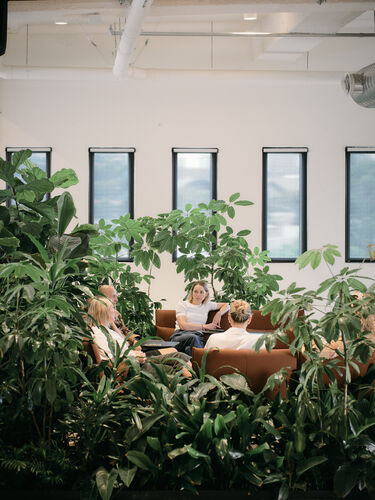
SUPPORTING A MORE INCLUSIVE AND TRANSPARENT CREATIVE PROCESS
The advantage of creating a more open and transparent place of work – which leans into the warehouse typology – is building a stronger sense of connection between staff and inviting more minds into the creative process. Direct sightlines to the studio’s extensive pin-up walls keep all abreast of the latest ideas and innovations. A central spine of project tables – flanked by whiteboards laden with sketches and renders – has deepened a collaborative working culture where ideas can be challenged and debated in an open setting.
Another shift in studio culture is a simple but deliberate move to place the materials and samples library at the centre of the studio floor. Spending more time interrogating material selection fosters team connection while embedding our regenerative design principles, helping all to better understand the environmental impact of every building element.
“The moment we brought the product library out into the open and placed that long high bench centrally, our designers started to gather more in teams,” says O’Driscoll.
“Elevating the visibility of the design process to better engage our clients and share our enthusiasm for the creative process with them has also helped to strengthen those relationships.”
— Principal, Lucy O’Driscoll
CREATING SOCIAL HUBS FOR CREATIVE COLLABORATION
While the Hassell Brisbane studio has always embraced a generous kitchen hub and break-out areas, in our latest iteration, our coffee obsession is front and centre in a place we call the ‘grotto’. Enveloped by plants and encircled by tiered seating, the grotto establishes an arrival that is more akin to a café than reception. From café to auditorium, the grotto flexes with movable furniture to accommodate speaker panel sessions, stand-up client gatherings of up to 75 people and small coffee catch-ups with clients, consultants and the community.
“We love the grotto because it supports those informal and impromptu meetings and challenges the formality of work,” says O’Driscoll. “It allows us to do things more as a community and to problem-solve through conversation in a setting where we feel at ease.”
The garden lounge is another addition to the studio’s suite of desk-free spaces. Technology enabled with an interactive screen for interrogating 3D models at scale, the U-shaped lounge establishes a sense of retreat in the otherwise expansive warehouse.
“The lounge is open and visible but has a veil of green to support a sense of intimacy that fosters conversation and grows an engaged culture,” says O’Driscoll. “It’s a counterpoint to the open plan and is a place for when you just want to be with your tribe while still connecting with the greater studio.”


Scan this QR code with your phone to follow Hassell on WeChat.
